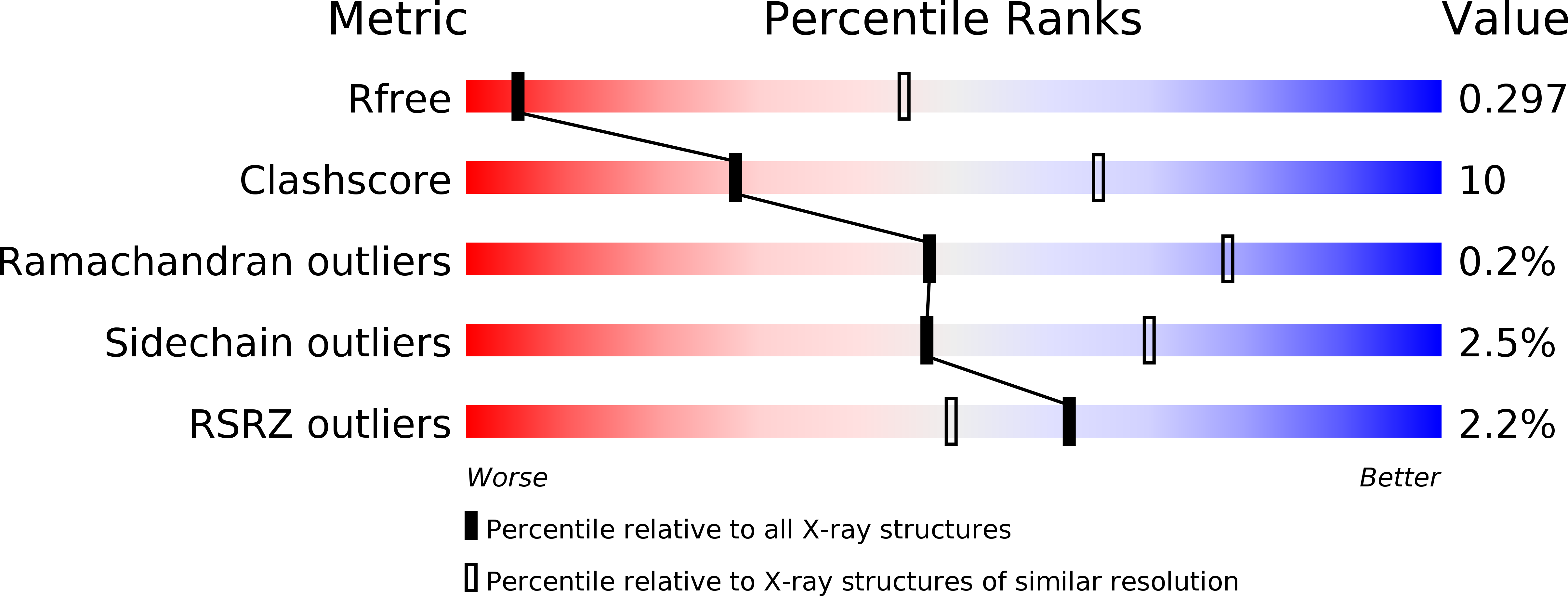
Deposition Date
2019-11-05
Release Date
2020-07-22
Last Version Date
2024-10-09
Entry Detail
PDB ID:
6TCA
Keywords:
Title:
Phosphorylated p38 and MAPKAPK2 complex with inhibitor
Biological Source:
Source Organism:
Homo sapiens (Taxon ID: 9606)
Host Organism:
Method Details:
Experimental Method:
Resolution:
3.70 Å
R-Value Free:
0.29
R-Value Work:
0.25
R-Value Observed:
0.25
Space Group:
C 1 2 1


